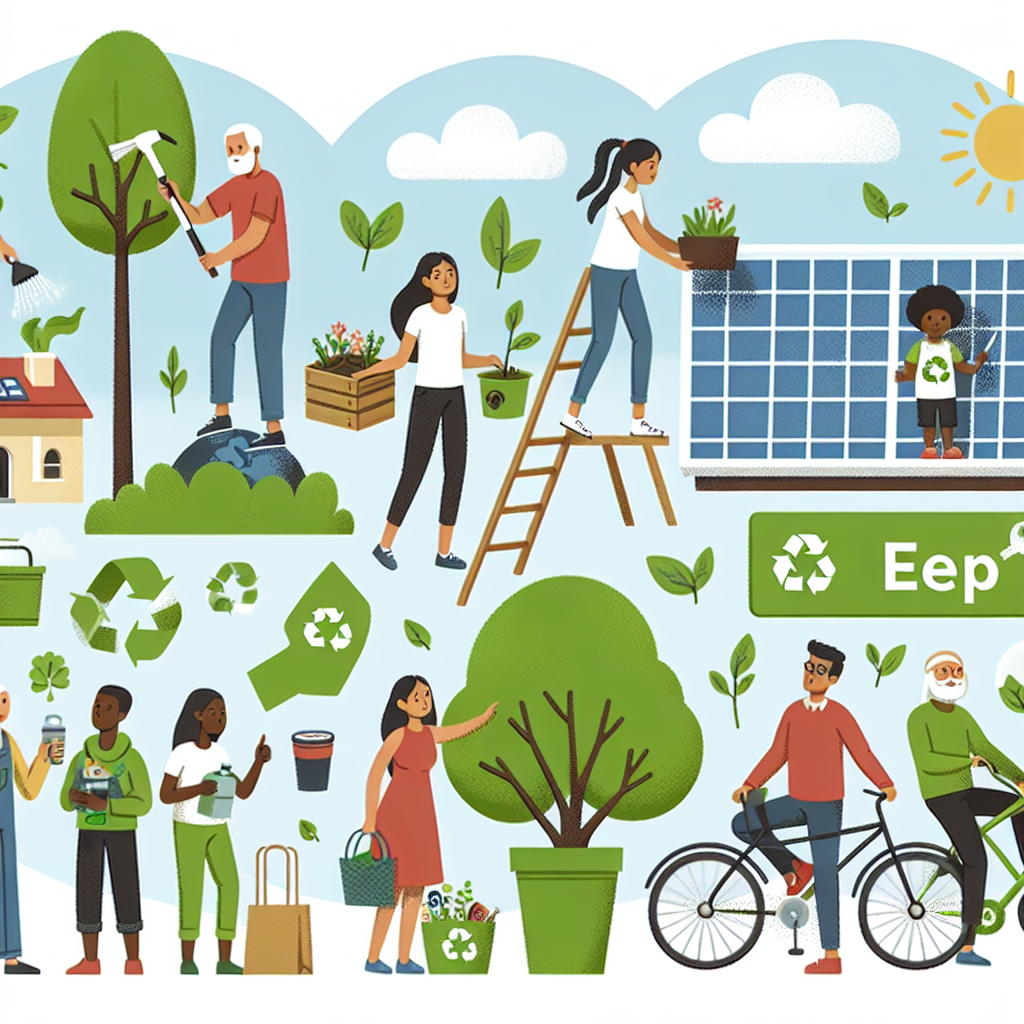Unmasking Carbon Removal: A Flawed Solution for Climate Change?
The IPCC highlights the limitations of carbon dioxide removal (CDR) in preventing catastrophic climate change. Despite efforts to reduce atmospheric CO2, the rising global temperature past 1.5 degrees Celsius poses severe threats. Current CDR technologies are insufficient, expensive, and could interfere with other land uses, emphasizing the need for immediate emissions reduction.

Efforts to remove carbon dioxide from the atmosphere may not be enough to prevent a climate change catastrophe, scientists warned on Wednesday as global temperatures threaten to breach the crucial 1.5 degrees Celsius threshold.
The Intergovernmental Panel on Climate Change (IPCC) asserts that carbon dioxide removal (CDR) can help slow global warming by pulling accumulated greenhouse gases from the atmosphere, but achieving this is far from sufficient. The solutions offered by CDR do not address other climate change effects, such as rising sea levels and altered ocean currents, according to a study published in the journal Nature.
The complexity and cost associated with CDR techniques like forestation, ocean algae, and CO2 filtering technologies present significant challenges. Joeri Rogelj of Imperial College London warns that using land solely for carbon management could conflict with biodiversity and food production. Limiting carbon emissions remains imperative under the IPCC's findings to manage risks effectively.
(With inputs from agencies.)










